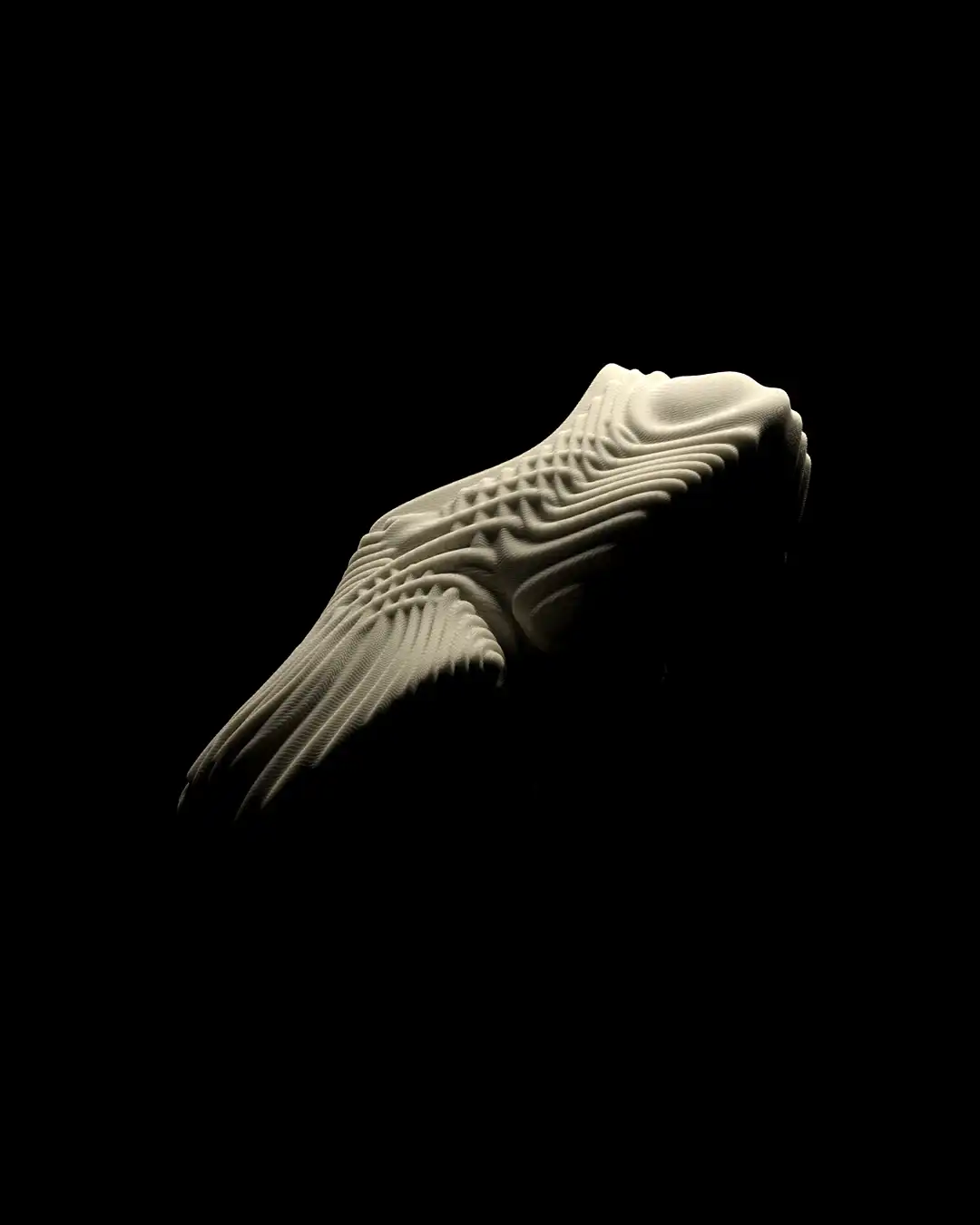The Structural Evolution workshop will journey through the last decade of initiatives implementing parametric structures into footwear.

With the advent of 3D printing came newfound structural forms. The uniform shapes of commonplace products are now ripped open and given internal appendages. We now look past the bounds of an object’s perimeter and peer into its interior volume. What was then solid is now empty space transfigured into assemblies of geometric linkages and architectural patterns.Throughout the last decade, the evolution of highly-functional parametric structures has found a niche within innovations in footwear. Programmable behavior, data-driven transformation, and customizable arrangements are developed guided by the demands of marathon trails and fashion runways.By investigating these structural forms alongside their respective footwear applications, this workshop aims to present students with a focused approach to parametric design techniques – directing attention first to intended functionality and then to high-level manipulation.
Students will continually transition between industry case studies of a structural form and parametric modeling using Rhino and Grasshopper. In this way, contextual understanding will always predicate technique. The Structural Evolution workshop will expose students to four structural families:
-Auxetics
-Beam based lattices
-Triply periodic minimal surfaces
-Voronoi structures
The first and most important step is establishing the essential building blocks of each structure’s anatomy.
After that, the program will build upon these principles to showcase advanced methods of construction in the form of region-specific control, customized formulas, and data integration.The design process will be taught step-by-step from scratch with the participants, allowing each individual to have hands-on experience with the software and freely ask questions.
The best lessons are learned through stories. The Structural Evolution workshop will journey through the last decade of initiatives implementing parametric structures into footwear.
Participants will learn of the early New Balance and Nervous Systems experiments that explored pressure map-influenced Voronoi cells and analyze the universally known beam-based structures utilized by the Adidas 4D Futurecraft. The program will investigate the research of auxetic patterns undertaken by the MIT Media Lab in collaboration with Puma and the study of minimal surfaces led by Onur Gun’s team in partnership with Formlabs.
The goal is to discuss the intention of these projects, extract the framework of their structures, and ultimately build these geometries as a parametric workflow within Rhino/Grasshopper.
By the end of this workshop, students will have developed a robust approach to building a wide variety of parametric structures. The main objective is to embed all technical learnings within the context of real-world applications.
Regarding technique, participants will grasp the three main phases of structural design: organizing substructures, generating geometry, and advanced manipulation.Regarding context, the program will examine the timeline of major developments in parametric footwear and assess the approaches and considerations of each milestone.
pedro 2024-12-01 18:06
This course was fantastic! It opened my eyes to the transformative power of parametric design in footwear, combining technical insights with creative exploration. I highly recommend it to anyone looking to push the limits of product design!
IGOR JESUS 2025-10-21 13:40
Awesome!!